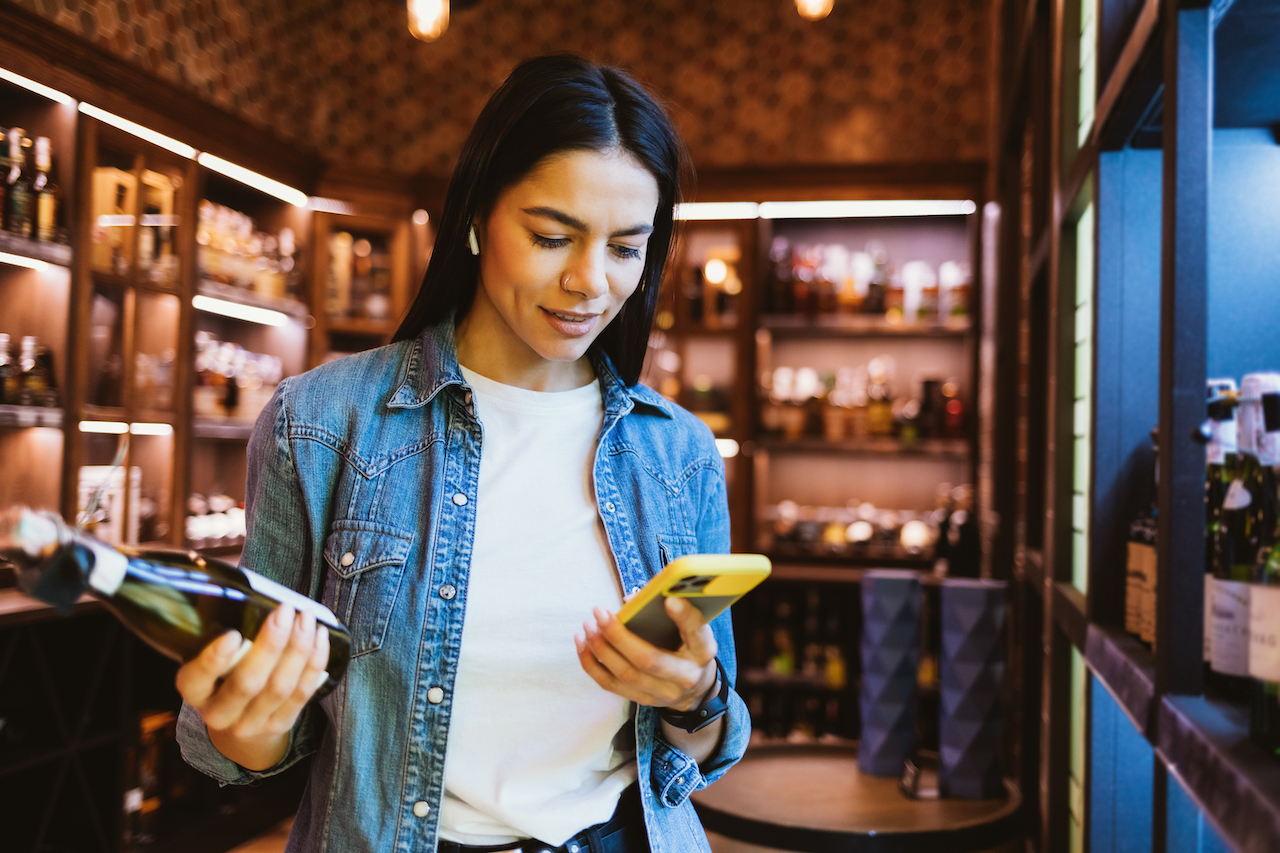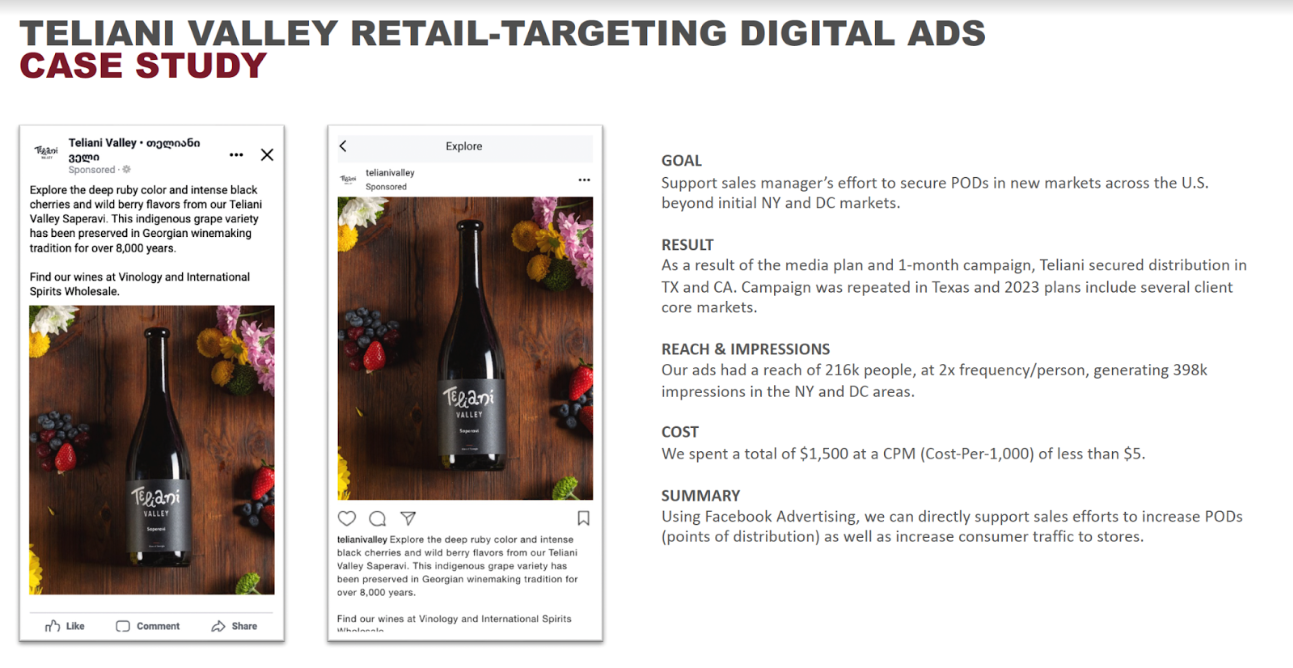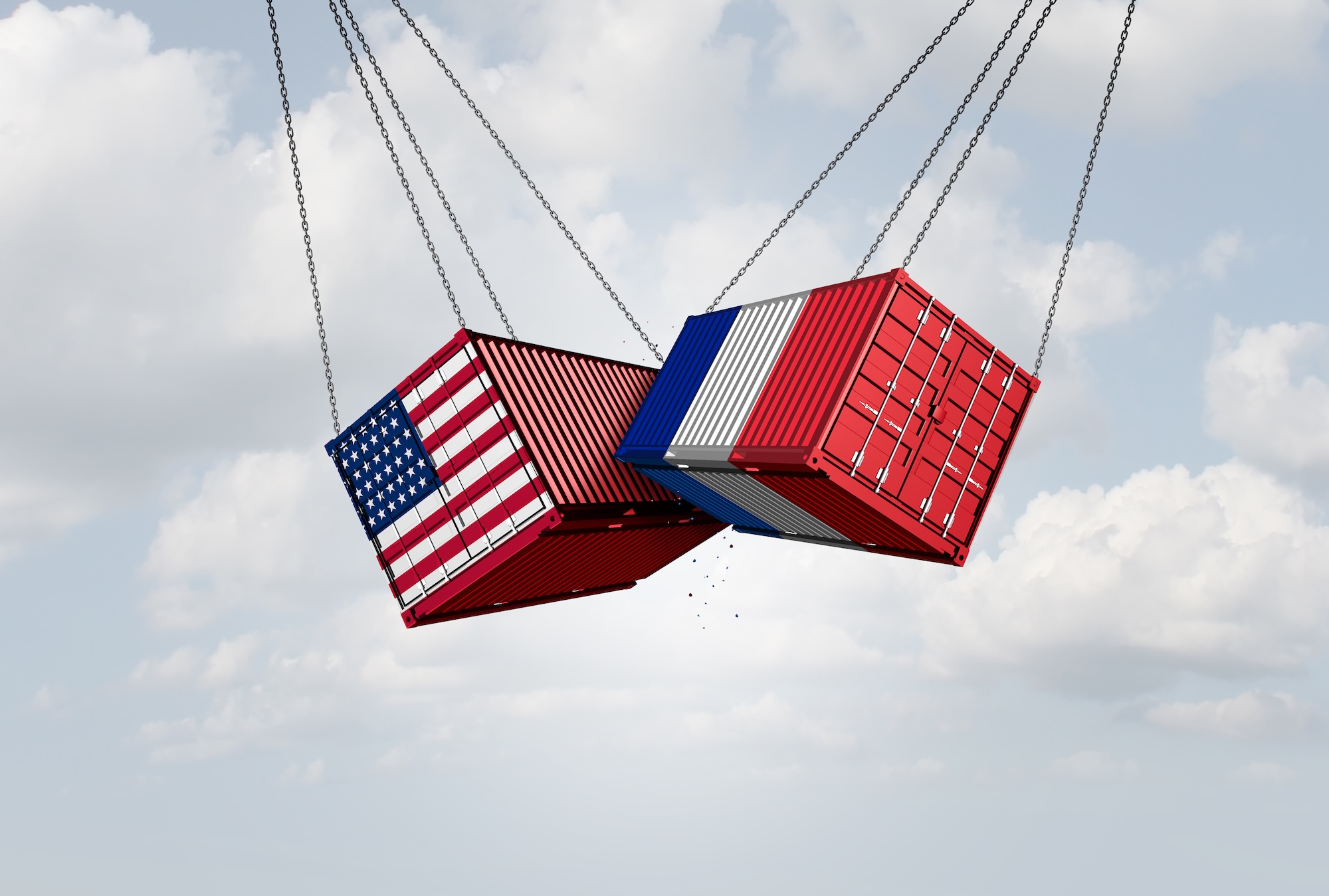
Stay Informed
Get the latest news, trends, and industry insights.
The wine industry has become increasingly diverse, with more wines available than ever. While this is excellent news for consumers, it requires producers to be more strategic with their marketing. Wineries have long relied on time-honored strategies to promote their products, but thanks to the opportunities opening with digital marketing, we’re in a new realm of possibilities. In this article, we’ll share our top wine marketing tactics, which take an integrative approach that combines traditional and digital strategies.
The Challenges of Marketing Wine
When developing a marketing strategy for your winery, there are a few nuances to consider. First, the industry is saturated with wine brands, making it increasingly difficult to gain market share. Second, effective wine marketing requires an understanding of the intricate world of winemaking and the ability to communicate the stories behind the bottles. Then, there are strict compliance regulations — from labeling to advertising — which must be adhered to.
Before You Get Started
The first step to establishing a successful marketing campaign is solidifying your brand positioning. Your brand messaging strategy should tell a compelling story, highlighting whatever makes your wine brand unique. A good brand messaging plan will showcase your brand’s personality and values while illustrating a consistent narrative about your wines and company. This narrative will be the common thread that weaves through all your marketing efforts regardless of platform or medium.
Increase Your Odds of Success
Whether you’re a new or established wine brand, you can maximize the effectiveness of your marketing with the following marketing tactics:
- Storytelling and authenticity: Sharing the story behind your winery, including its history, winemaking process, and commitment to sustainability, can create a stronger emotional connection with consumers. Authenticity in your brand messaging is essential, as it builds trust and loyalty.
- Elevate your graphics, photo, and video content: Updating your visuals can help you tell your brand story and draw more attention to your wine brand online and in stores. Creative, high-quality, and distinctive imagery will help your brand stand out in a sea of competitors.
- Sustainability and eco-friendly initiatives: Emphasizing your commitment to sustainability in winemaking, packaging, and business operations can resonate with environmentally conscious consumers. Highlighting eco-friendly practices in your branding can set you apart and attract a niche market segment.
- Customer feedback and adaptation: Regularly collect feedback from customers and adapt your branding and marketing strategies accordingly. This ongoing dialogue with your audience can help you stay relevant and meet their evolving needs.
Discover how to stand out in the crowded wine market with our specialized wine marketing services.
6 Effective Wine Marketing Tactics to Implement Today
1. Build Community with Organic Social Media Content
Regardless of your marketing budget, developing an engaged social media following should be a part of your strategy. Keep in mind that Instagram has 2 billion monthly active users, and Facebook has nearly 3 billion monthly active users. With numbers like those, it’s safe to say your future customers are currently on social media.
If you’re not actively building a social media audience, you’re already behind your competitors. The good news is that a well-researched content strategy and a consistent posting schedule can help you grow a loyal audience quickly.
It’s not necessary to have a presence on every single social media platform. Instead, select the platforms that are right for your brand messaging, marketing goals, and content creation capabilities.
Developing a content strategy early on is key to finding success with organic social media content for wine marketing. To develop a social media content strategy for your wine brand, think about what’s most important to your target audience or target consumer. Make a list of topics and types of content that will pique their interest. Be sure to align the voice, tone, and visual assets of your social media content with your brand messaging. Then, focus on creating content that entertains, educates, answers questions, or solves problems for your target audience. Do this consistently, and you will position your brand as an authority while building trust.
2. Boost Brand Awareness & Drive Retail Traffic With Social Media Ads
Paid social media advertising is a cost-effective way to generate massive impressions and build brand awareness with a price tag that doesn’t break the bank — especially compared to other forms of wine advertising. With a monthly budget as low as $500, you can generate hundreds of thousands of impressions at a low CPM (cost per thousand impressions). If you have the budget, advertising with Meta Ads Manager will help you grow faster and stand out on increasingly crowded social media platforms.
Meta offers several ad formats and optimization options to help you meet your advertising goals. In addition to the overall cost-effectiveness, Meta’s targeting capabilities are the biggest benefit of advertising on the platform. Advertisers can ensure their ads reach the specific demographics of their target audiences, and they can dial in their ad targeting even further using company website data and more.
Types of Social Media Ads for Wine Marketing
For previous clients, we’ve implemented page like ads, boosted post ads, and geo-targeted ads to increase brand awareness, social media following, and engagement.
- Page Like Ads: Generate page likes for your winery’s Facebook page. If your target audience spends a lot of time on Facebook, this could be a valuable ad to help build your authority.
- Boosted Post Ads: Increase the reach of your organic social media content by backing them with ad spend that generates more impressions and engagements. Meta will show your post to users with similar interests and demographics as your current follower base. Your followers will also be more likely to see and engage with these posts.
- Geo-Targeted Brand Awareness Ads: These ads are shown to users within a designated geographic area of your choosing, ideally in cities where your wines are distributed or where you are actively seeking distribution.
While targeted social media ads can be a powerful tool for wineries looking to increase their industry profile and grow their business, wineries with established distribution should also consider running retail-targeting ads. This wine marketing tactic is intended to drive consumers to retail locations where your wines are sold and encourage them to make a purchase.
These ads are targeted to a smaller radius surrounding 2-3 retailers in specific cities where your wines are sold. Due to Tied House laws in the United States, each ad must mention at least two unaffiliated retailers. Other advertising regulations vary by state, so you need to be aware of what you can and cannot include in an ad promoting alcohol based on the state where you’re advertising.
Use Social Media Advertising To Gain PODs
Once you launch your Brand Awareness and Retail Targeting ad campaigns, you can leverage them to help you secure further distribution. Develop a presentation your sales team can use with distributors to showcase the marketing activity you’re implementing in their region. Include stats like estimated impressions, campaign spend, and visual examples of the ads and geographic areas targeted.

Do you need help securing distribution in new markets? We can help, contact us today.
3. Enhance Awareness & Increase Interest with Influencer Partnerships
Wine brands can pursue a variety of influencer marketing strategies depending on their budget. Ideally, a brand will have some influencer marketing budget for paid influencer partnerships to support new releases, promotions, special campaigns, etc. The practical benefits of paid influencer partnerships include control over brand messaging, content direction, timing of campaign content, and content repurposing for subsequent marketing campaigns. These details require a clear scope of work and a contract to ensure deliverables, content usage rights, and exclusivity agreements are met. Selecting the right wine influencer partner can make or break your social media campaigns. Check out our 8 Tips for Selecting a Wine Influencer Partner to ensure success.
Keep in mind that influencers are often perceived as the face of the brand, and it is critically important for wine brands and wineries to be diligent in selecting influencer partnerships.
Learn more about building successful influencer collaborations.
4. Grow Your Following with Social Media Giveaways
Social media giveaways are a great way to grow your audience by requiring entrants to follow your account to participate. If you are going to utilize giveaways, try engaging an influencer to host a giveaway with you. An influencer partnership will help you tap into a wider, more engaged audience. But remember, in the United States, you legally can’t give away alcohol for free. You can’t give away gift cards that could be used to purchase alcohol either. Instead, you can give away wine-related prizes like a wine fridge, decanter with stemware, etc. This is an excellent opportunity to get creative.
Cross-Marketing with Other Businesses
Through the lens of social media giveaways, expand your reach even further by enlisting a brand partner. Cheese companies, wine or kitchen accessory brands, or cookbook authors are all fantastic options. The giveaway can be promoted and hosted on the social media accounts of all participating brands, maximizing reach and generating more impressions. Plus, you can create collaborative social media content to post on all accounts leading up to the giveaway.
Outside of giveaways, cross-promotional brand partnerships via email marketing campaigns and in-person events can also be effective for introducing your brand to potential customers with similar interests.
5. Engage Media in New Ways with In-Person & Virtual Events
Hosting winemaker dinners or wine tasting events for the media is an excellent way to introduce people to your wines. You’ll also have the opportunity to further educate on your portfolio, winery history, new releases, and current innovations while sharing your brand story in an impactful way.
The same goes for wine tasting events, expos, or conferences. They’re a fantastic way for people to experience your wines without purchasing bottles. People will have the opportunity to learn the stories behind the labels and what makes your wines unique.
Otherwise, consider hosting virtual tasting events or panels centered around themes that highlight your unique selling points.
6. Email Marketing is Essential
A robust email marketing program is vital to nurturing your existing and potential consumers. Plus, it can be a significant DTC revenue driver if executed properly. A curated email marketing calendar will allow you to keep your customers engaged and generate the best ROI for your wine marketing plan.
In addition to an email campaign calendar, here are a few other email marketing flows that can benefit your business and customers immediately:
- Welcome Series
- Abandoned Cart
- Abandoned Browse
- Customer Thank You
- Customer Winback
- Product Review
- Repeat Purchase
- Out of Stock
- Back In Stock
- Product Curation
Track Your Progress
To gauge the effectiveness of your social media marketing or email marketing strategies, you’ll need to track your metrics and analytics. Monitoring and analyzing key organic and paid metrics is essential for measuring success and optimizing strategies. Engagement metrics, such as likes, shares, comments, and click-through rates, offer insights into how well your content resonates with your audience. Follower growth is another essential indicator, reflecting the effectiveness of your campaigns in attracting and retaining your target audience.
Conversion metrics, like conversion rates and cost per conversion, help evaluate the return on investment and assess the efficiency of your ad spend. Monitoring website traffic from social media platforms and the time visitors spend on your site reveals the impact of your social campaigns on driving web traffic and user engagement. Additionally, tracking social media sentiment and customer feedback can provide valuable qualitative data that helps you understand brand perception and make necessary adjustments. By consistently assessing these key performance indicators, you can fine-tune your wine marketing strategies to ensure they align with business goals and effectively engage your digital audience.
Get Ready To Implement Your Wine Marketing Strategy
Hopefully, these wine marketing tactics inspire your thinking and spark some creative ideas on how you can drive brand awareness for your winery and ultimately sell more wine. If you’re curious about which strategies would be most effective for your business or want to find a more tailored approach, contact us today to explore how we can best work together.
Stay Informed




